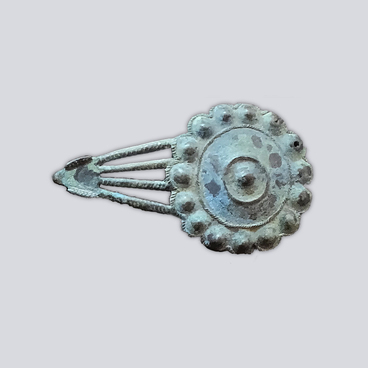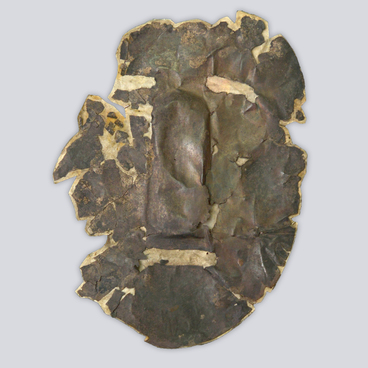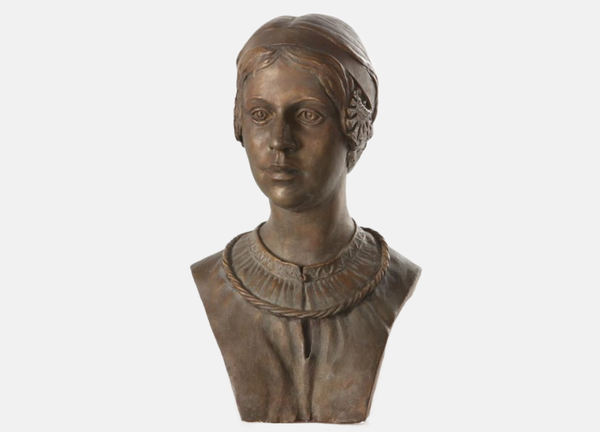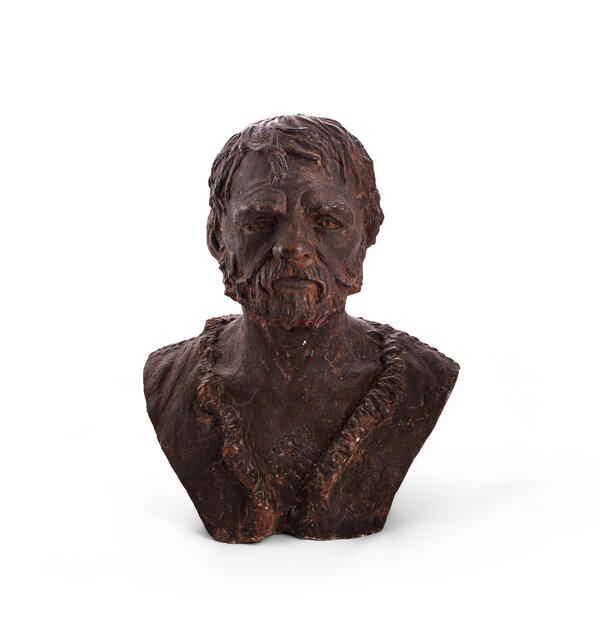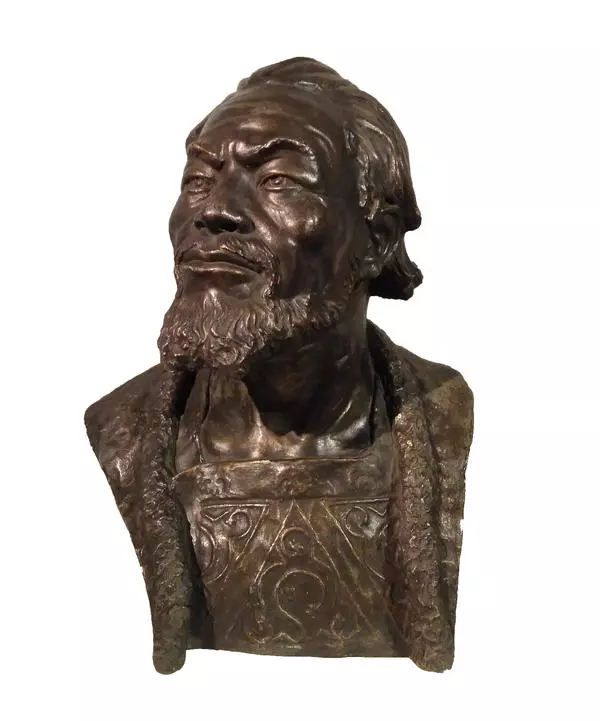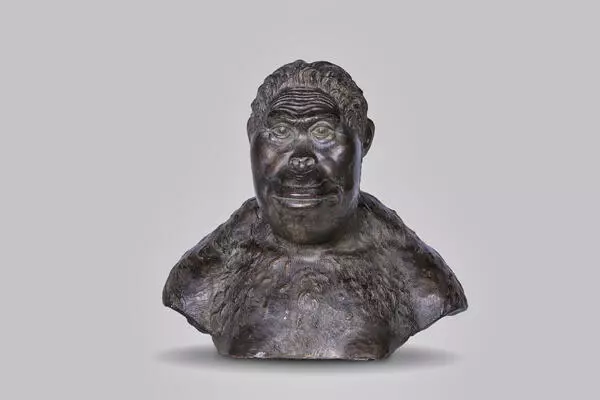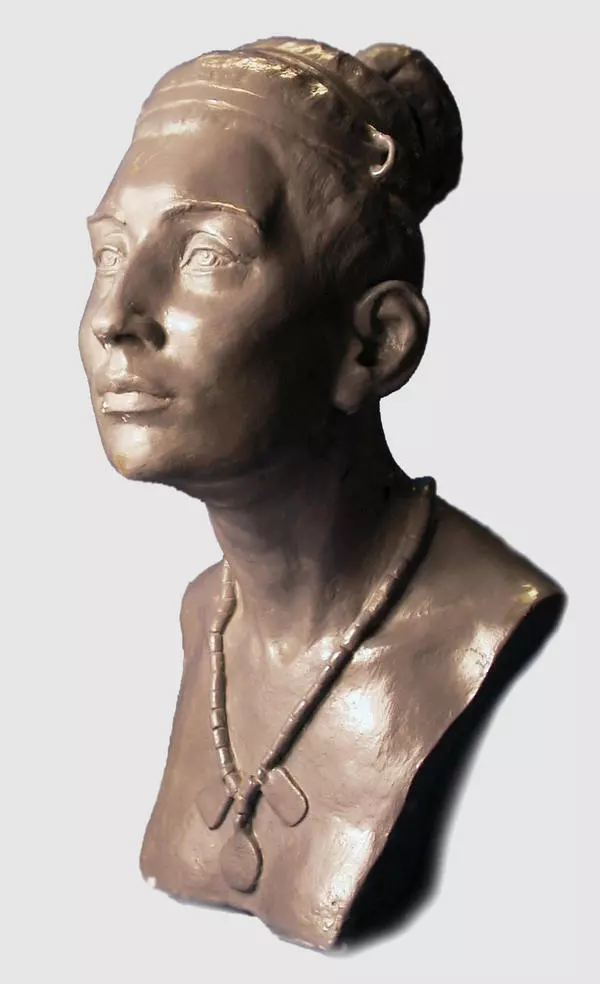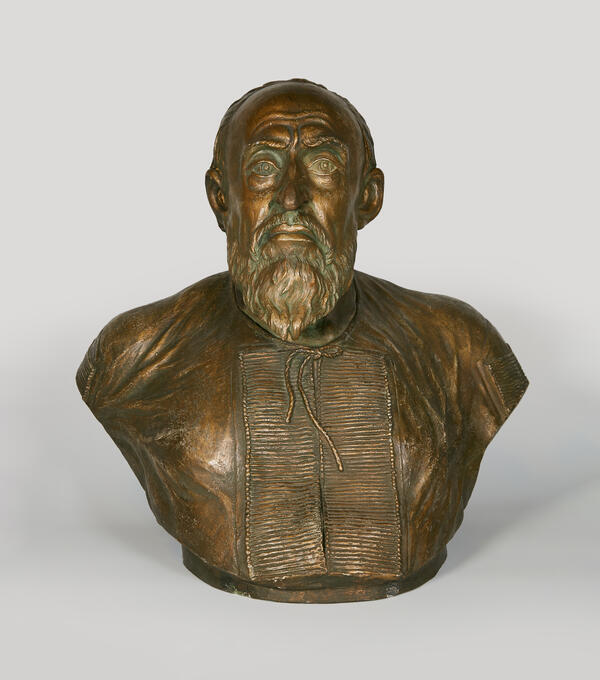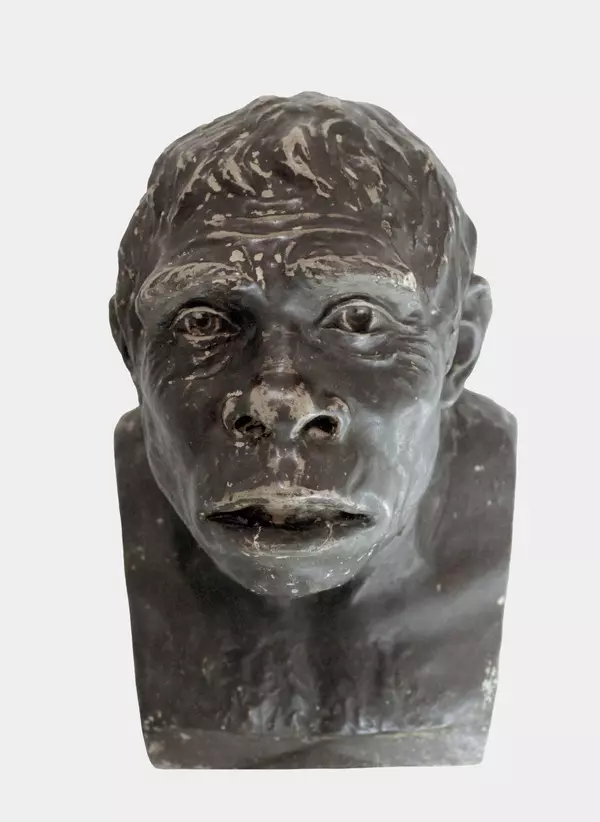At the beginning of the 13th century, when the Mongols conquered many States and Cities of Transcaucasia and Central Asia, some people from the occupied lands moved to Volga Bulgaria. Among other evidence there are the remains of an extensive Armenian settlement in the North-Western zone of The Bulgarian settlement. The main religious center of this community was a Christian Church, so-called Greek chamber. Historians claim that the rulers of the Mongol Empire were distinguished by religious tolerance, did not impose their own beliefs on the conquered nations and allowed them to hold services in their temples. It was more important for them to collect taxes from the heterogeneous population and, if necessary, to involve them in campaigns.
The bust of Armenian
Время создания
1947
Размер
48x24x21 cm
48х24х21 cm
48х24х21 cm
Техника
Gypsum (tinted)
Выставка
1
Открыть в приложении#1
Mikhail Gerasimov
The bust of Armenian
#4
#7
Judging by the tombstones with Armenian scripts of 13th - early 14th century there was a cemetery to the east of the temple. It consisted of about 150 burials with tombstones and epitaphs. The Eastern part of the settlement was inhabited by artisans and major merchants, for whom two streets were allotted in the city.
#8
The items that archaeologists found in the Armenian graves testify to the high level of well-being of local residents. In some burials it was possible to find fragments of brocade and silk embroidered with gold or gilded silver thread and richly ornamented, expensive headdresses, jewelry from precious metals, rings and pearl pendants and other refined jewelry. Several graves belonged to representatives of other Christian denominations, and historians consider them evidence of close cultural contacts between Armenians and other Nations and possibly mixed marriages.
#5
Mikhail Gerasimov, archaeologist, sculptor and anthropologist, carried out a reconstruction of the skulls found in this cemetery in the 50s of the 20th century. This reconstruction also proved that most of the buried were armenoid type.
The scientist has developed a unique technology to restore the appearance of man on his skeletal remains. Gerasimov studied the correlation between the soft covers and the bones of the skull, the thickness of body tissues in different facial zones. Later on this method gained international recognition and was named after him.
#6
The sculpture presented in the exhibition was created personally by Mikhail Gerasimov. It shows a middle-aged Armenian man with a large nose, round eyes and curly hair. Gerasimov’s works faithfully recreate the historical appearance of people who lived in the past centuries in various regions.
#9
National Museum of the Republic of Tatarsta
читать дальшескрыть
00:00
00:00
1x
The bust of Armenian
Время создания
1947
Размер
48x24x21 cm
48х24х21 cm
48х24х21 cm
Техника
Gypsum (tinted)
Выставка
1
Открыть в приложении
Поделиться


